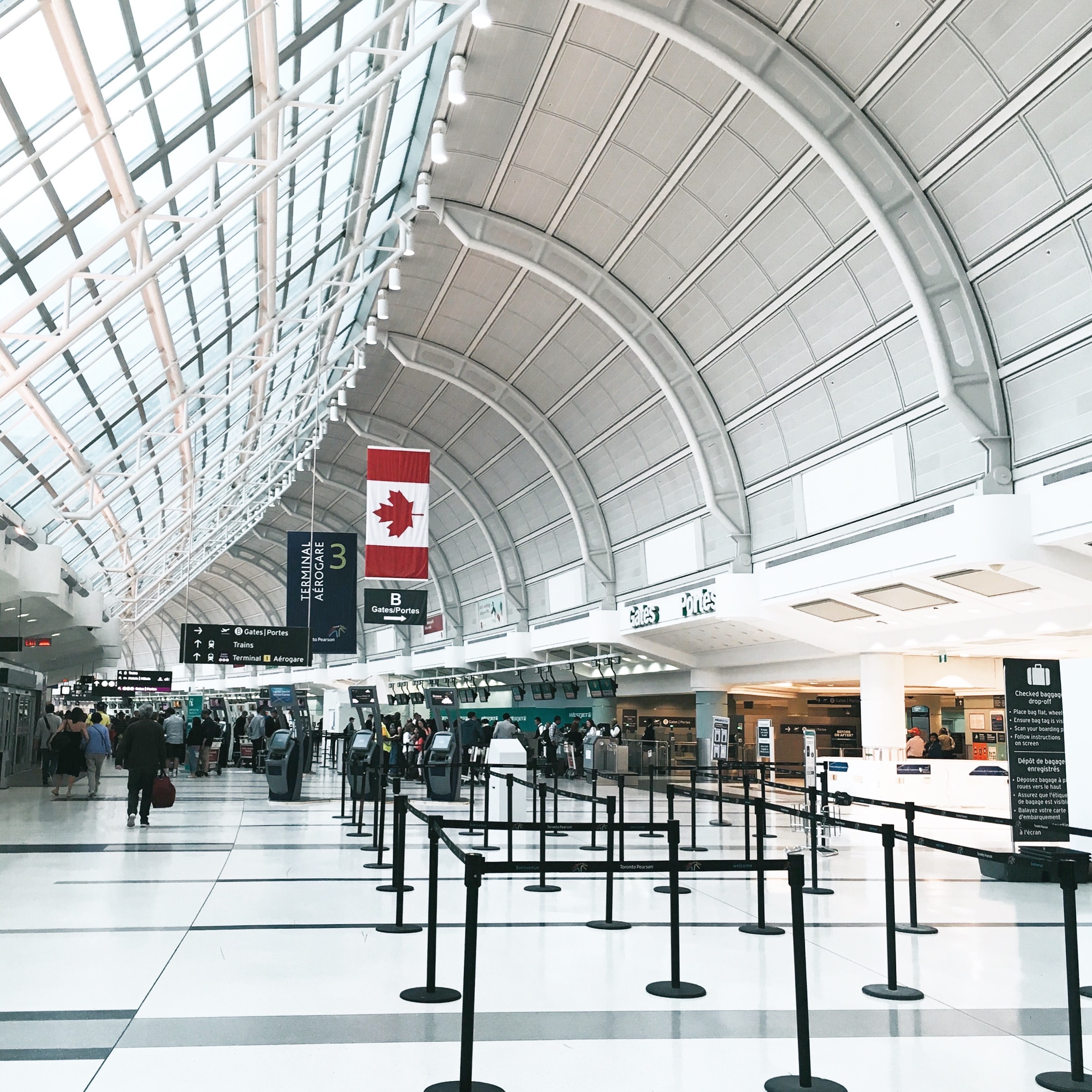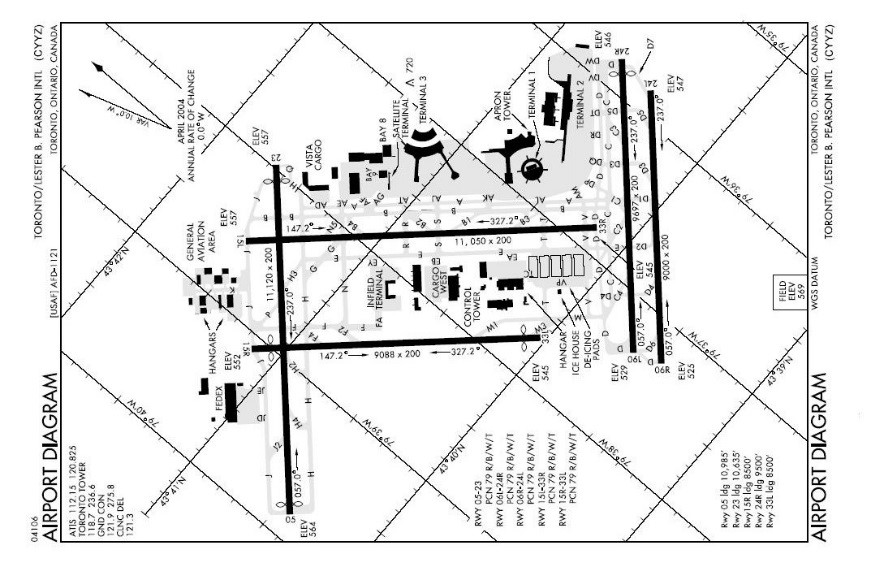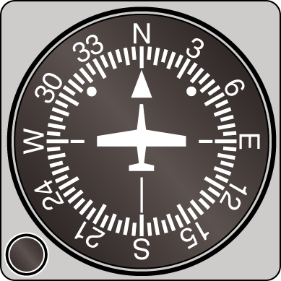FEBRUARY, 2021

HISTORY
One of two airports that were planned for the Greater Toronto Area (GTA) in 1937 when the Canadian Government selected two sites: downtown Toronto Island (now Billy Bishop) and in the northwest near the town of Malton.
On August 29th, 1939 the first scheduled passenger flight, Trans-Canada Air Lines DC3 arrived at Toronto (Malton) Airport. Along with Scheduled service between 1940 and 1946 the airport played an important role in supporting RCAF Station Malton, providing several facilities to support training schools during World War Two.
Toronto was much smaller at that time and, in the original plan, the Island airport was going to provide primary commercial service. As aircraft became more sophisticated, grew in size and speed, and became more popular with travellers, the Malton site, with room to expand and provide longer runways and more terminal space, became the preferred option. And so, in 1958 the Government of Canada purchased the airport from the municipal government of Toronto, changing the name to Toronto International Airport, CYYZ.
Born on April 23, 1897, Lester B Pearson was the 14th Prime Minister of Canada, (1963 to 1968). As a diplomat and statesman he was bestowed the Nobel Peace Prize in 1957 for organizing the United Nations Emergency Force to resolve the Suez Canal Crisis. To honor his service to Canada, Toronto International Airport was renamed Toronto Pearson International Airport in 1984.
To help expand the airport in 1996 a non-profit corporation, the GTAA (Greater Toronto Airport Authority), was formed and took over the operation from Transport Canada and still controls the management of the airport to present day.
Facts and Figures:
Toronto Pearson International Airport consists of 4,613 acres or 1867 hectares of land with 5 active runways. The 5 runways and 30 taxiways, collectively measure over 40 KMS (25 miles) in length.

Quick fact: Do you know how they number the runways?
Runway numbers are determined by rounding the compass bearing of one runway end to the nearest 10 degrees and truncating the last digit, meaning runways are numbered from 1 to 36—as per the diagram below. The opposite end of the runway always differs by 180 degrees, and so is numbered 18 higher or lower.

Skycharter FBO and our private jet charter fleet is located just off runway 05/23, only minutes to taxi before take off.
Where is Terminal 2?
Toronto Pearson International Airport has Terminals #1 and #3. Hold on! What happened to Terminal #2? The signs will guide you to Terminals 1 and 3, and yes at one-point Pearson did have 3 terminals. In 1991 the third terminal was added with the expansion of the airport and the need to service more International traffic. In 2004 it was determined that instead of adding a 4th terminal the airport would expand Terminal one, tear down Terminal two and keep Terminal three. So why not change the number: T3 becoming T2? Apparently it was determined to be more cost effective to keep Terminal 3 rather than change every sign, marker and all printed material. So, enjoy our unique 2 terminal airport with T1 and T3.
Toronto Pearson International airport is a unique place that provides the GTA with a world-class facility in which you can leap to almost any point in the world.
When the time is right… contact Skycharter to discover more about private jet charter.


